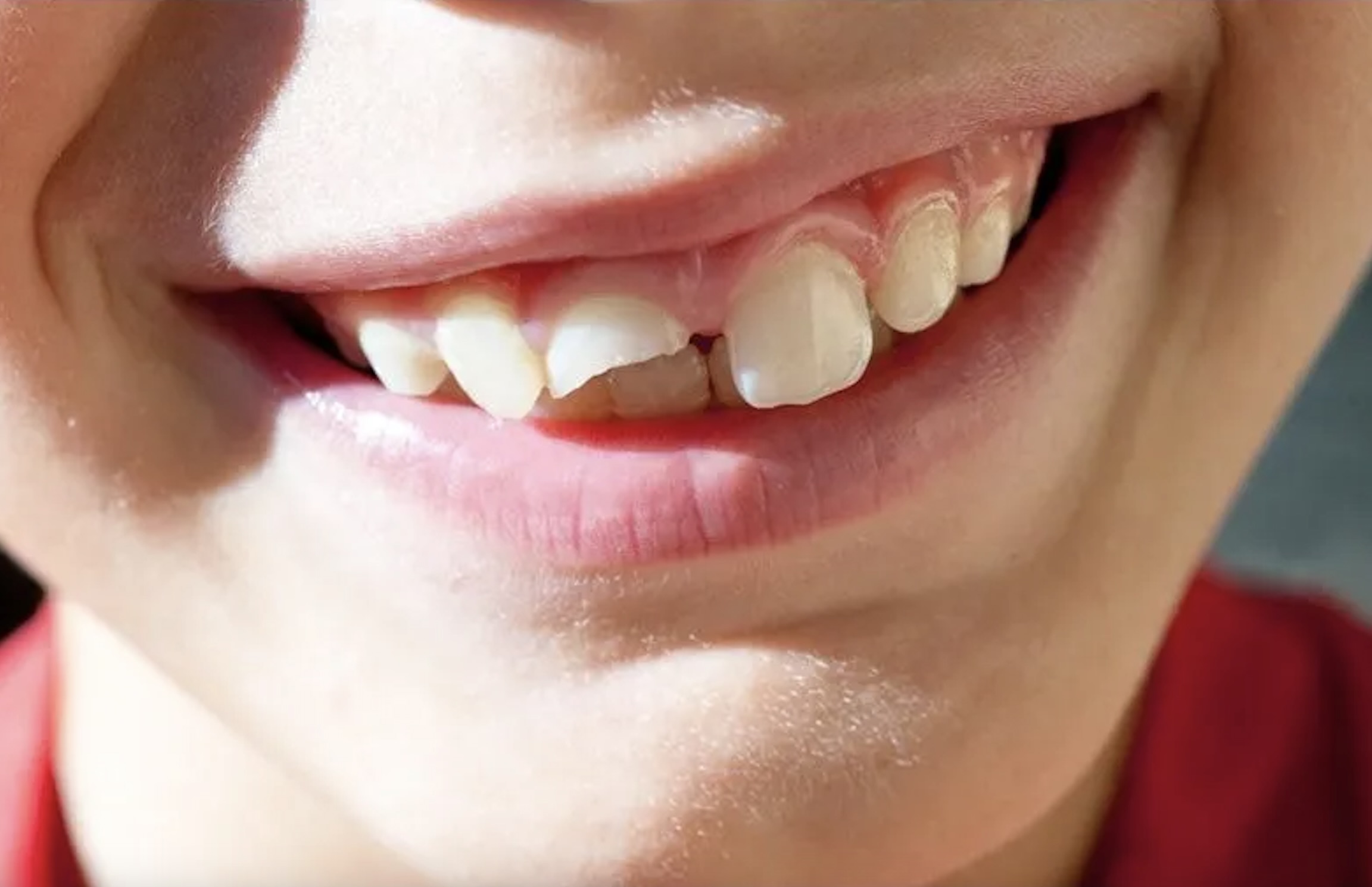What are the symptoms of a chipped tooth?
A chipped tooth can cause a range of symptoms, depending on the severity of the chip and its location. Some common symptoms of a chipped tooth include:
- Pain: A chipped tooth can be painful, especially if the chip exposes the inner layers of the tooth where the nerves are located.
- Sensitivity: Sensitivity to hot, cold, or sweet foods and drinks can occur with a chipped tooth, particularly if the chip has exposed the dentin layer of the tooth.
- Sharp edges: If the chip is large or has created a sharp edge on the tooth, it can irritate the tongue, cheek, or lips and cause discomfort.
- Visible damage: A chipped tooth may be visible, especially if the chip is on a front tooth. In some cases, the chip may be small and barely noticeable.
- Change in tooth shape: Depending on the size and location of the chip, the shape of the tooth may be altered, affecting the appearance of your smile.
- Difficulty chewing: If the chip affects the biting surface of the tooth, it can make chewing difficult or uncomfortable.
- Increased risk of decay: A chipped tooth can be more prone to decay, as the enamel layer of the tooth has been compromised, making it easier for bacteria to enter and cause damage.
If you have chipped a tooth, it’s important to see a dentist as soon as possible for an evaluation. Treatment for a chipped tooth will depend on the severity of the chip and may include dental bonding, a dental crown, or other restorative treatments to repair the tooth and prevent further damage.
What are the causes of a chipped tooth?
A chipped tooth can occur due to various reasons, including:
- Trauma: Trauma to the mouth, such as a fall, sports injury, or car accident, can cause a tooth to chip. The force of the impact can chip, crack, or even break a tooth.
- Biting down on hard foods: Biting down on hard foods, ice, or objects like pens or pencils can cause a tooth to chip, especially if the tooth is already weakened or has existing dental work.
- Poor oral hygiene: Poor oral hygiene can weaken the enamel of the teeth, making them more susceptible to damage, including chipping.
- Bruxism: Grinding or clenching the teeth, a condition known as bruxism, can put excessive pressure on the teeth and lead to chipping or other damage.
- Acid erosion: Consuming acidic foods and beverages or having acid reflux can erode the enamel of the teeth, making them more prone to chipping.
- Age: As we age, our teeth naturally become more brittle and prone to chipping and cracking.
- Dental decay: Tooth decay weakens the structure of the tooth, making it more susceptible to chipping.
- Genetics: Some people may have naturally weaker enamel or other dental characteristics that make their teeth more prone to chipping.
- Previous dental work: Teeth that have fillings, crowns, or other dental restorations may be more susceptible to chipping, especially if the restoration is old or poorly done.
- Chewing on non-food objects: Habits like chewing on pencils, fingernails, or other hard objects can increase the risk of chipping a tooth.
Preventing a chipped tooth involves practicing good oral hygiene, wearing a mouthguard during sports or activities that pose a risk of dental injury, avoiding chewing on hard objects, and seeking prompt treatment for dental issues such as decay or bruxism.
What is the treatment for a chipped tooth?
The treatment for a chipped tooth depends on the severity of the chip and the location of the tooth. Here are some common treatments for a chipped tooth:
- Dental bonding: Dental bonding is a procedure in which a tooth-colored resin material is applied to the chipped area of the tooth and then hardened with a special light. This helps to restore the shape and appearance of the tooth.
- Dental crown: If the chip is large or if there is significant damage to the tooth, a dental crown may be recommended. A crown is a cap that is placed over the tooth to restore its shape, size, and strength.
- Veneers: For chips that affect the front teeth and are more cosmetic in nature, veneers may be an option. Veneers are thin shells of porcelain or composite resin that are bonded to the front of the teeth to improve their appearance.
- Enamel reshaping: For very small chips, enamel reshaping may be an option. This involves removing a small amount of enamel to reshape the tooth and eliminate the chip.
- Root canal: If the chip is deep and exposes the pulp of the tooth, a root canal may be necessary to remove the damaged pulp and restore the tooth.
- Extraction: In some cases, if a tooth is severely damaged or cannot be repaired, it may need to be extracted. This is usually a last resort option.
It’s important to see a dentist as soon as possible if you chip a tooth, even if it doesn’t cause pain. Ignoring a chipped tooth can lead to further damage or infection. A dentist can evaluate the chip and recommend the most appropriate treatment to restore the tooth’s appearance and function.

Leave a Reply
You must be logged in to post a comment.